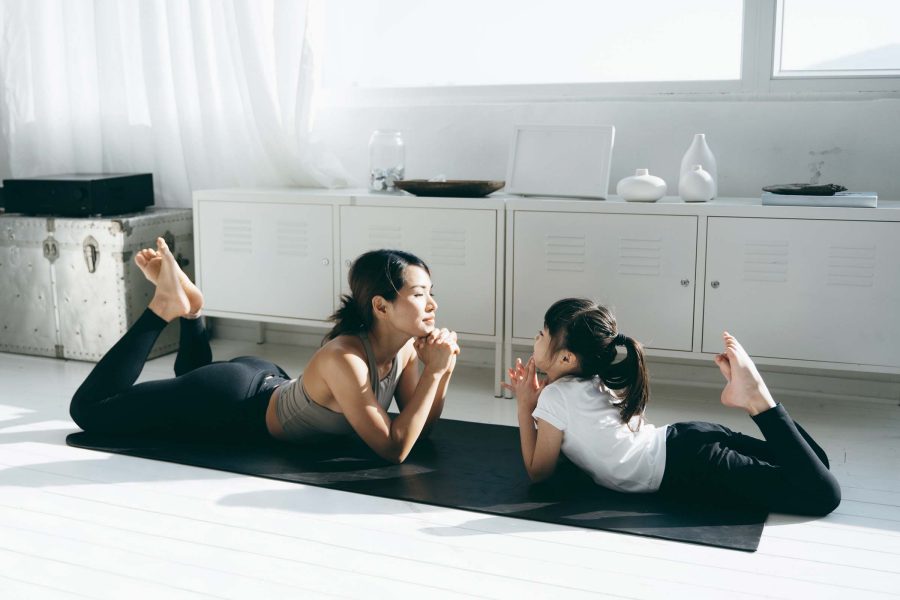The health benefits of yoga are endless, and it’s never too soon – or too late – to start integrating elements of yoga into your life. From helping develop core motor functions in children to reducing the risk of high blood pressure in older practitioners, there is an asana (yoga pose) to suit every need.
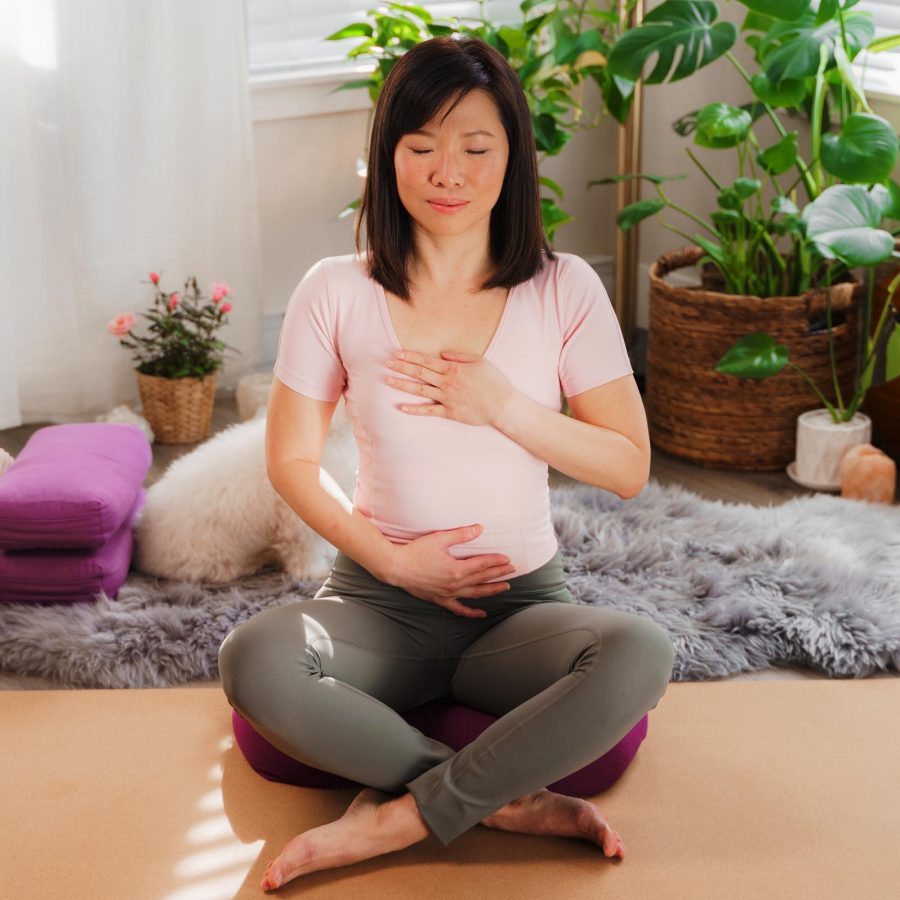
For those who don’t know their downward-facing dog from their warrior pose – fear not. Certified yoga therapist Zoe Ho shares her expert knowledge on how to reap the benefits of yoga at every age.
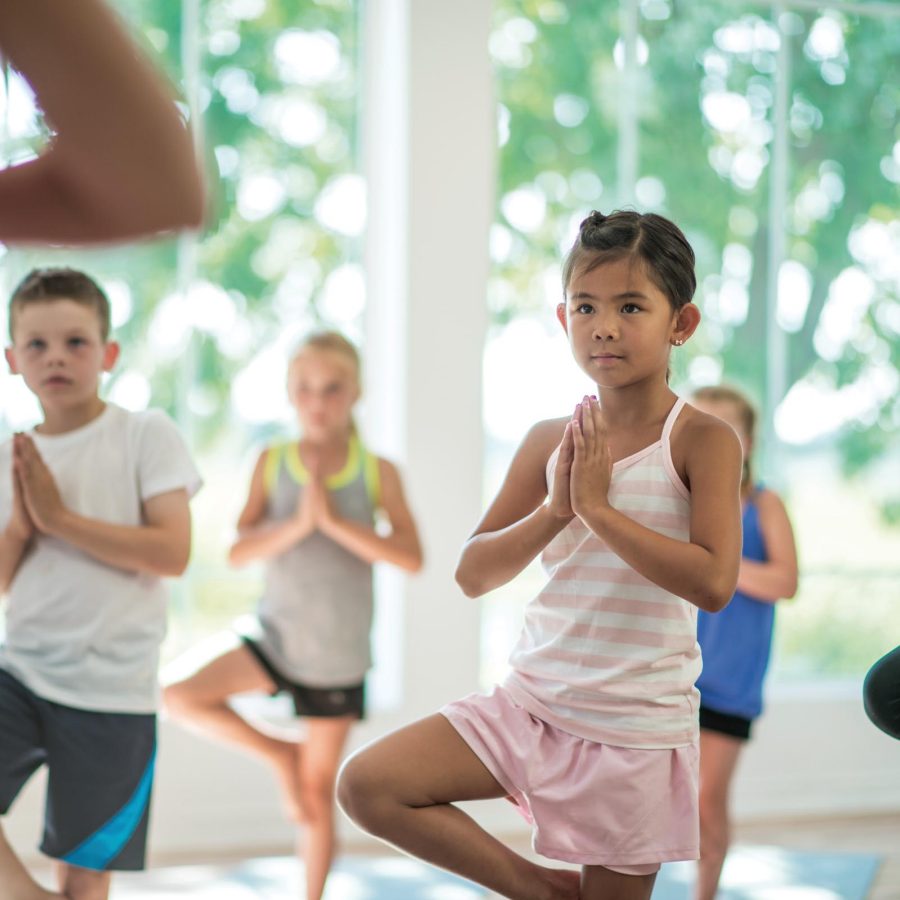
1. Yoga for children
Motor skills are extremely important for a child’s physical development and practising yoga is a fantastic way to help develop the connection between the brain, nervous system and muscles. “Balancing poses on one foot, such as the tree, half moon or dancer pose, help enhance a child’s sense of coordination as they learn to weave their limbs and twist their spines, which helps prevent injuries,” says Zoe. Meanwhile, resting poses can be a wonderful way to help calm down children who are bursting with energy. “Child’s pose is great for allowing children to have a moment to relax and focus on their breathing,” she says.
Another benefit of yoga for children is that it can be fun. Zoe suggests introducing animal-themed yoga sequences to make the practice more engaging for young ones: “Kids love telling stories through poses and creating characters for each asana, such as the eagle, locust, dolphin and dog.”
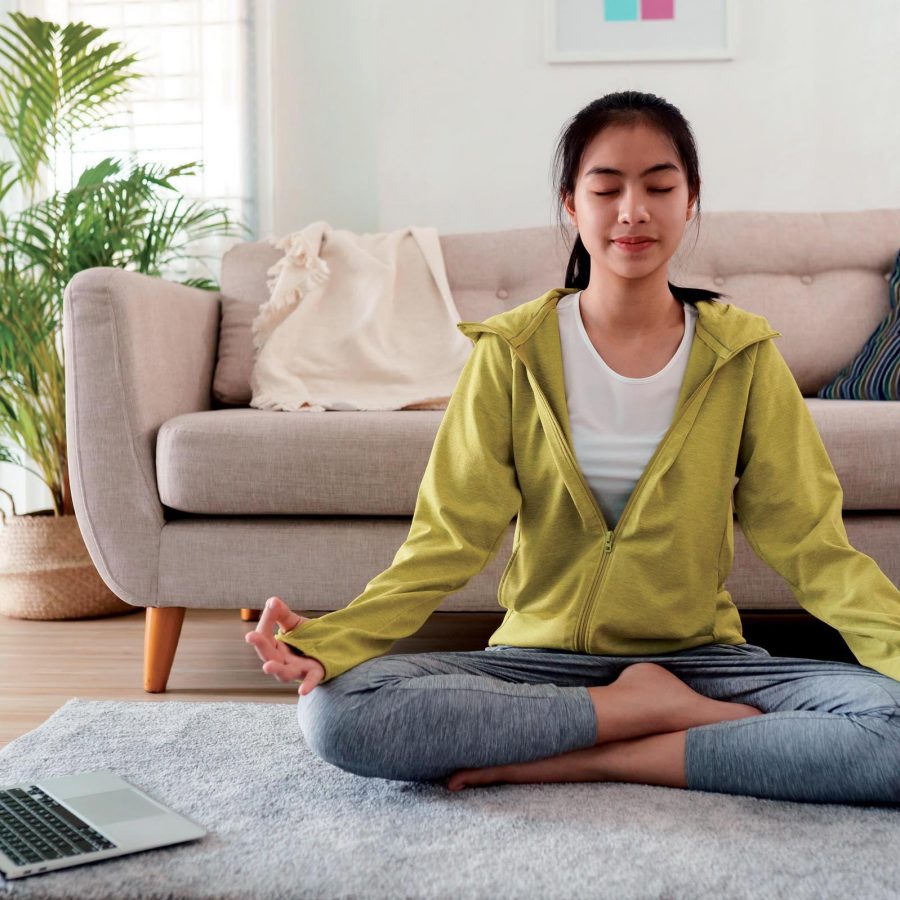
2. Yoga for teenagers
Being a teenager is tough. There’s constant pressure from school, family, and friends - all while dealing with raging hormones and physical changes. Elements of yoga such as breath work and more complex sequences can help to alleviate some of the mental angst and redirect energy in a positive way. “Techniques such as affectionate belly breathing (which focuses on stomach muscle movement), victorious breath (a breath regulation technique which constricts the throat slightly) and even tension release through sound (making an “ahh” sound on the out breath) can help relax the nervous system and reduce anxiety,” says Zoe.
Other practices can help with nervous energy, soothe the aches and pains of growth spurts, or help develop a stronger posture and improved confidence. Zoe suggests vinyasa and ashtanga-style practices, where the continuous flow involves greater movement and deeper holds of poses. “All yoga positions improve posture and spinal health, but twists in particular are excellent for releasing tension from the spine while inversions help to decompress vertebrae, which will ultimately help with posture,” she says.
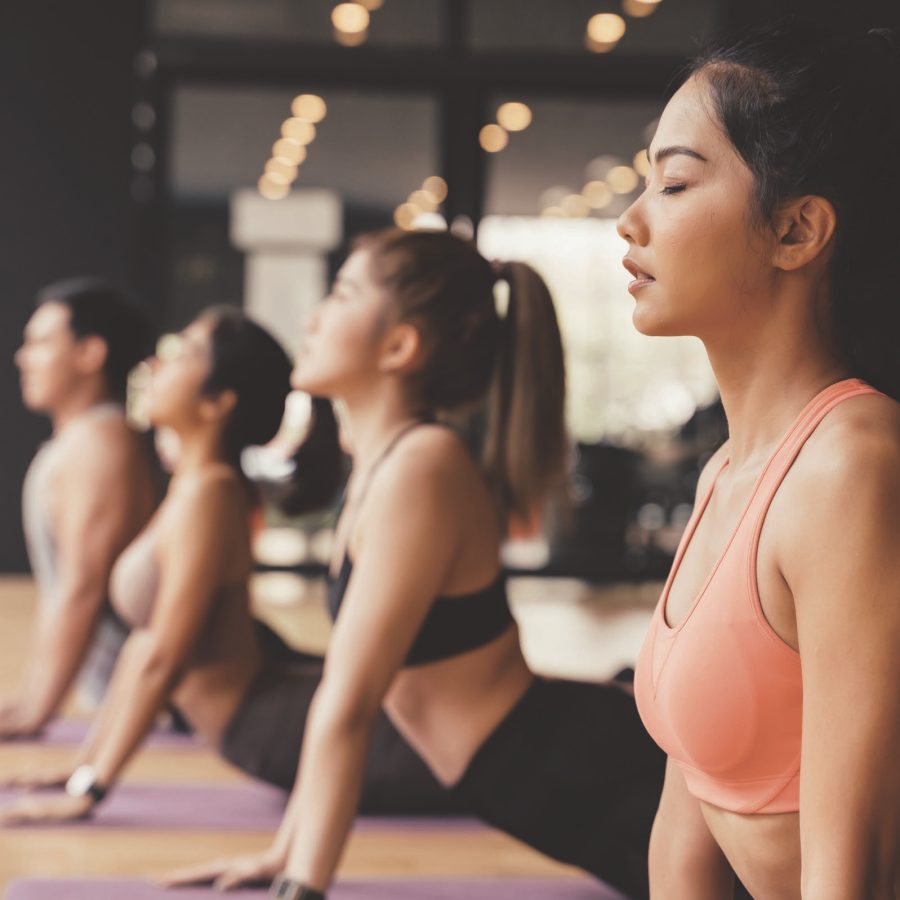
3. Yoga for adults
Yoga is an excellent tool for adults as we navigate the ageing process and more health concerns start to emerge. Yoga not only helps to strengthen muscles and improve heart health, but can also help prevent certain ailments or stop certain conditions from worsening. “For adults who suffer from injuries or stiff joints and hips, I recommend hatha yoga,” says Zoe. “This focuses on alignment and enhances muscle, bone and joint health. The deliberate weight put on joints helps increase the body’s production of hyaluronic acid for joint fluidity.”
For adults looking for something a little more challenging to get their heart rate up, Zoe recommends more fast-paced yoga practices such as ashtanga and vinyasa yoga, as well as including inversions in your practice. “Core strengthening poses such as the three-legged downward-facing dog can help stabilise lower back issues, improve alignment and build muscle strength,” she says.
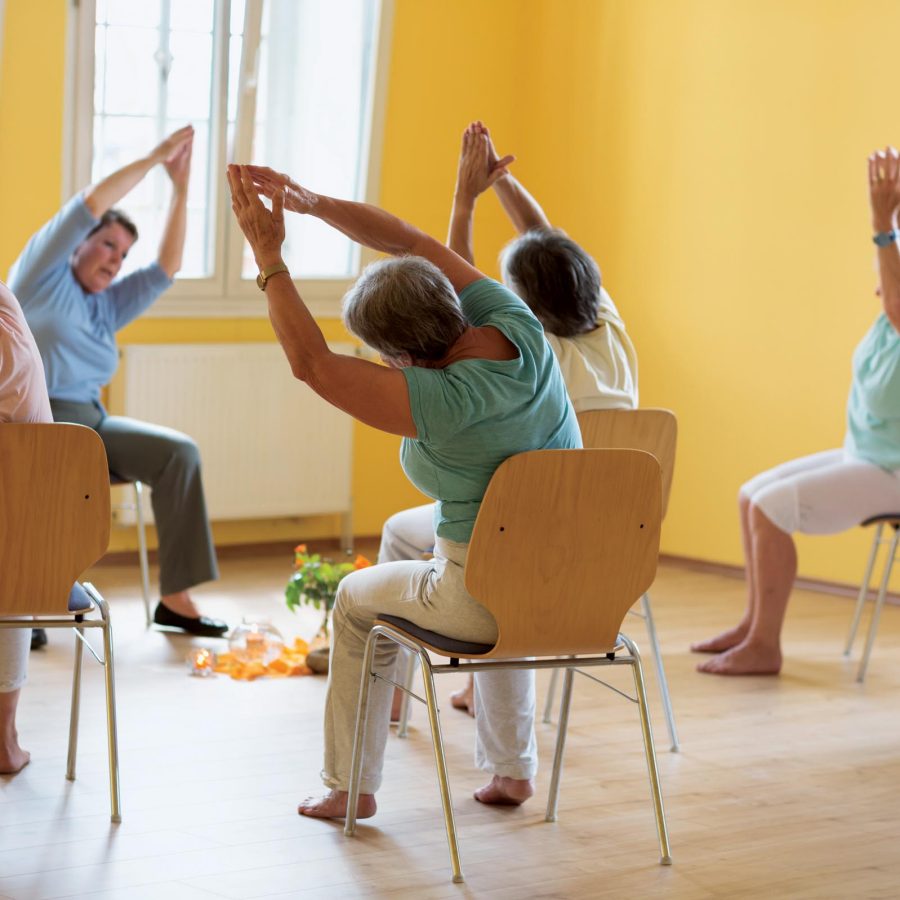
4. Yoga for seniors
Practising gentler forms of yoga as a senior can be a huge boost to body and mind. Slower practices can be particularly helpful for improving your overall range of motion and stretching tired muscles. “Chair yoga is wonderful for seniors,” says Zoe. “Adding this prop helps individuals adapt poses to their capabilities. Twisting in a seated chair is a lovely way to stretch muscles and focus on mindful breathing, as are shoulder opener exercises and supported warrior poses.”
Adding light weights is a great way for older people to improve muscle health without adding too much strain. Tai chi is also a fantastic gentler practice, and can help with balance, stability and flexibility.
Regardless of your age, perhaps the most important tip is to find a style that you most enjoy. As Zoe says: “When you enjoy your practice, you may be surprised by your own strength and capacity.”
Hero image: iStock
- China – the Chinese Mainland, Hong Kong SAR, Macao SAR and Taiwan Region
- Hong Kong SAR - English
- Chinese Mainland (China) - English
- Taiwan, China - English
- 香港特別行政區 - 繁體中文
- 中国內地 - 简体中文
- 中國台灣 - 繁體中文
- Africa
- South Africa - English
- Asia
- Bangladesh - English
- Korea - English
- Singapore - English
- Cambodia - English
- 한국 - 한국어
- Sri Lanka - English
- India - English
- Malaysia - English
- Thailand - English
- Indonesia - English
- Maldives - English
- ประเทศไทย - ภาษาไทย
- Indonesia - Bahasa Indonesia
- Myanmar - English
- Vietnam - English
- Japan - English
- Nepal - English
- Việt Nam - tiếng Việt
- 日本 - 日本語
- Philippines - English
- Australasia
- Australia - English
- New Zealand - English
